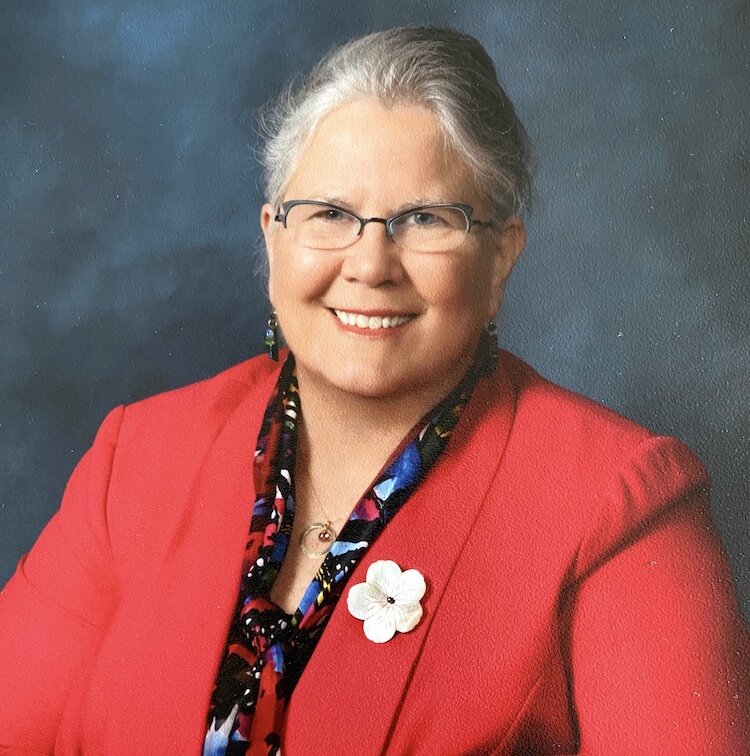Botanists and a small army of volunteers enter the new Robert Koski Research Atrium at Marie Selby Botanical Gardens as they arrive at work each day. Photo by Diane Egner
The living plant collection at Selby Gardens contains the world’s highest percentage of plant species fully documented since their origin on Earth. Photo by Diane Egner
Rooftop solar panels power The Green Orchid, a new garden-to-table eatery by Michaels On East featuring fresh produce and herbs grown onsite in the Drs. Andrew and Judith Economos Rooftop Edible Garden. Photo by Diane Egner
Research Botanist John L. Clark, Ph.D., a Fulbright scholar, talks about his expeditions to Ecuador and other South American countries to collect and study unique tropical species. Photo by Diane Egner
Selby researchers collect plant samples, including this deeply veined leaf specimen from Ecuador, to study and share with scholars and museums around the world. Photo by Diane Egner
Plant specimens are catalogued as part of Selby’s evolutionary biodiversity studies and stored for future examination. Photo by Diane Egner
The Selby Gardens research library contains about 7,000 books on tropical plants, especially epiphytes (those that grow without soil, often attached to trees). Photo by Diane Egner
Selby Gardens’ rare book collection dates to the 1700s and contains some of the most detailed history, drawings and photographs of orchids, bromeliads and other tropical plants. Photo by Diane Egner
Nancy Seijas-Kipnis, Selby Gardens V.P. of marketing and communications, shows how plant specimens to be shipped to other museums and laboratories are pressed, dried and stored between the pages of newspapers. Photo by Diane Egner
Plant specimens at Selby Gardens are preserved in a liquid mixture of rubbing alcohol, distilled water and glycerol to keep them pliant for future studies. Photo by Diane Egner
Visitors to Selby Gardens are treated to detailed explanations about what’s on display, how and why — as in this introduction to Biomimicry at the entrance. Photo by Diane Egner
The creative work of artists such as Clyde Butcher and Yayoi Kusama are on display year-round throughout Selby Gardens’ 45 acres of waterfront property in downtown Sarasota. Photo by Diane Egner
Need an escape from the hustle and bustle of this week’s chaos? Yearning to take a leisurely walk outdoors on a largely shaded path among tranquil gardens overlooking the waterfront? Interested in learning more about Florida orchids and other tropical plants and what makes them thrive?
Or want to delve a little deeper into the biodiversity that makes Florida and the tropics a unique growing space for species of flora you can’t see at other places?
Welcome to Marie Selby Botanical Gardens, a 45-acre waterfront property on the edge of downtown Sarasota about an hour’s drive (traffic willing) south of Tampa and St. Petersburg.
Selby Gardens, featuring publicly accessible expansive flower beds of exotic and native plants akin to those found at Butchart Gardens in Vancouver, Longfellow Gardens in Minneapolis and Longwood Gardens in Philadelphia, stands out for its variety of tropical plants and for its new research facilities examining the history and procreation of thousands of orchids, bromeliads and colorful plant species that can’t survive outdoors further north.
While the new research facilities and library aren't open to the general public, you can get plenty of mind-expanding experiences by following the winding paths through the gardens. See some of the world’s most elaborate banyan trees; one of the world’s most diverse collections of bromeliads; and more than 6,000 orchid plants. Plus unique art exhibits.
Currently on site? You can visit "Clyde Butcher: Nature Through the Lens'' and "Yayoi Kusama: A Letter to Georgia O’Keeffe.'' Then take a break at a new garden-to-table restaurant, The Green Orchid, and browse the new gift shop.
For more information, including when to go and what to see, visit the
Marie Selby Botanical Gardens website.

Read more articles by Diane Egner.
Diane Egner is a community leader and award-winning journalist with more than four decades of experience reporting and writing about the Tampa Bay Area of Florida. She serves on the boards of the University of South Florida Zimmerman School of Advertising & Mass Communications Advisory Council, The Institute for Research in Art (Graphicstudio, the Contemporary Art Museum, and USF’s Public Art Program) Community Advisory Council, Sing Out and Read, and StageWorks Theatre Advisory Council. She also is a member of Leadership Florida and the Athena Society. A graduate of the University of Minnesota with a BA in journalism, she won the top statewide award for editorial writing from the Florida Society of Newspaper Editors while at The Tampa Tribune and received special recognition by the Tampa Bay Association of Black Journalists for creative work as Content Director at WUSF Public Media. Past accomplishments and community service include leadership positions with Tampa Tiger Bay Club, USF Women in Leadership & Philanthropy (WLP), Alpha House of Tampa Bay, Awesome Tampa Bay, Florida Kinship Center, AIA Tampa Bay, Powerstories, Arts Council of Hillsborough County, and the Greater Tampa Chamber of Commerce. Diane and her husband, Sandy Rief, live in Tampa.
Enjoy this story?
Sign up for free solutions-based reporting in your inbox each week.